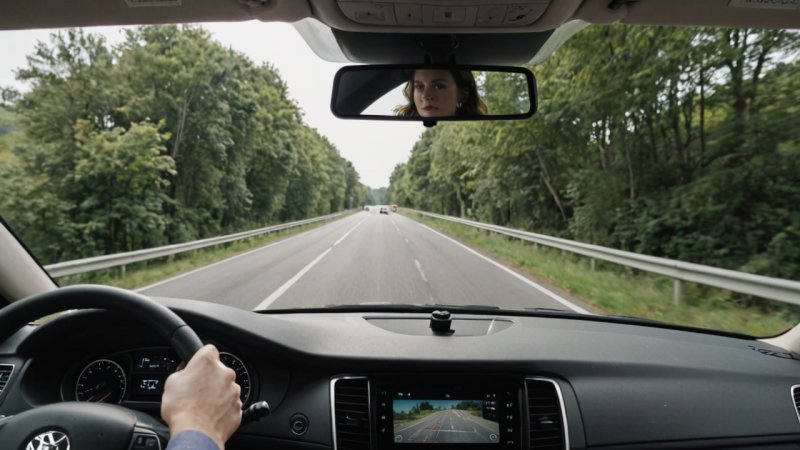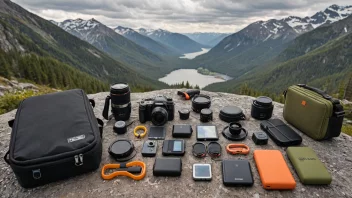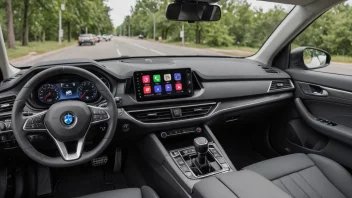In this article, you will learn about the best dashcams available in 2024, designed to enhance your car safety. Dashcams have become essential tools for drivers, providing crucial evidence in accidents, monitoring your vehicle, and even deterring theft. We'll guide you through the features, benefits, and how to choose the right dashcam for your needs.
Step 1: Understand the Importance of Dashcams
Before diving into specific models, it's essential to understand why a dashcam is a valuable addition to your vehicle.
- Accident Evidence: Provides video proof in case of collisions.
- Theft Protection: Records footage if your car is vandalized or stolen.
- Insurance Benefits: Can help lower premiums by demonstrating safe driving.
- Monitoring Young Drivers: Keep an eye on how new drivers handle the vehicle.
Step 2: Determine Key Features
When selecting a dashcam, consider the following features that cater to your driving habits and needs:
- Video Quality: Look for at least 1080p resolution for clear footage.
- Field of View: A wider field of view captures more of the surroundings.
- Night Vision: Essential for recording in low-light conditions.
- Loop Recording: Automatically overwrites old footage, ensuring continuous recording.
- GPS Integration: Adds location data to your recordings for context.
- Mobile App Connectivity: Allows easy access to footage via your smartphone.
Step 3: Research the Best Dashcams for 2024
Here are some of the top-rated dashcams for 2024 based on user reviews and expert recommendations:
- BlackVue DR900X-2CH: Known for its exceptional video quality and dual-channel recording.
- Thinkware U1000: Offers advanced features like cloud connectivity and a built-in GPS.
- Garmin Dash Cam 67W: Compact design with a wide field of view and voice control.
- Vantrue N4: Triple channel recording, perfect for rideshare drivers.
- Nextbase 522GW: Comes with an emergency SOS feature and Alexa integration.
Step 4: Installation Tips
Installing a dashcam can be a straightforward process. Here are some tips:
- Choose a Location: Mount the dashcam behind the rearview mirror for optimal visibility.
- Use a Quality Mount: Ensure the camera is securely attached to avoid vibrations.
- Hide Wires: Use cable clips or adhesive tape to keep wires tidy and out of sight.
- Check the Angle: Adjust the camera angle to capture the road ahead accurately.
- Test It: After installation, take a short drive to verify that the camera is recording properly.
Step 5: Regular Maintenance
After installation, it’s important to maintain your dashcam for optimal performance:
- Format the SD Card: Regularly format the memory card to prevent data corruption.
- Clean the Lens: Periodically wipe the camera lens to ensure clear recordings.
- Update Firmware: Check for software updates to improve functionality and security.
Step 6: Understand the Legalities
Before using a dashcam, familiarize yourself with the legalities in your area:
- Privacy Laws: Ensure you are not recording audio without consent.
- Data Storage Laws: Be aware of how long you can store footage and how to manage it.
- Insurance Policy Requirements: Check with your insurance provider regarding dashcam usage.
Conclusion
In summary, dashcams are invaluable tools for enhancing car safety and providing peace of mind while driving. By following the steps outlined above—understanding the importance, selecting the right features, researching the best models, installing it properly, maintaining it regularly, and knowing the legal landscape—you can make an informed decision about the best dashcam for your needs in 2024. Investing in a dashcam is a step towards safer driving and greater protection on the road.






